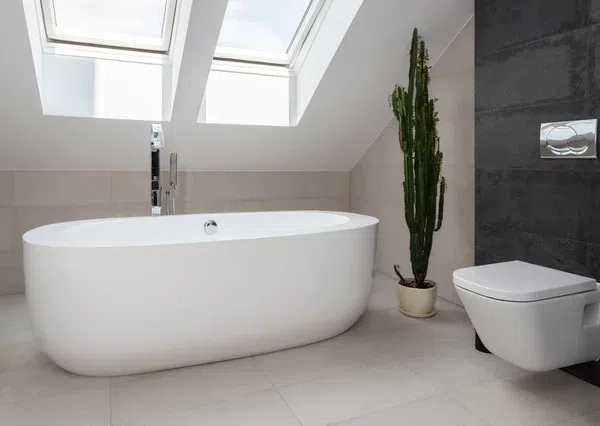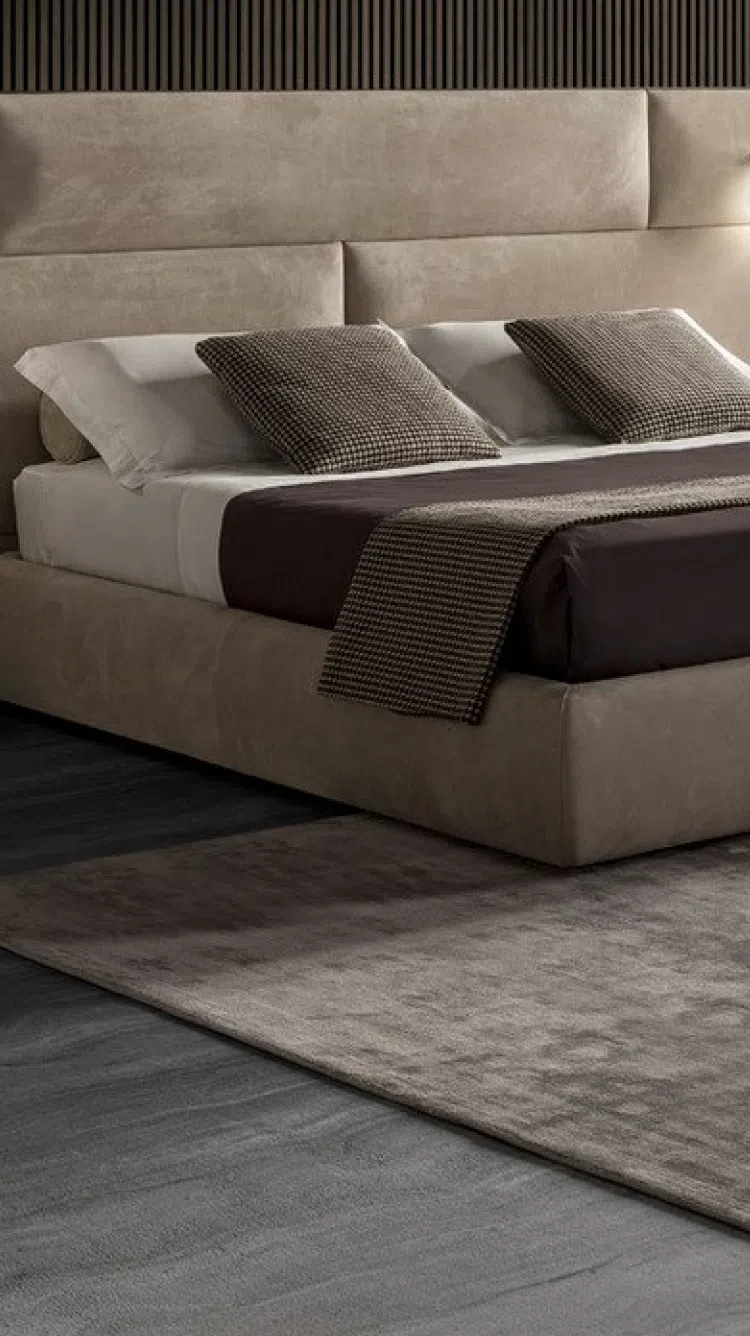
Cast stone is a building material that's been around for hundreds of years. It is a highly refined architectural precast concrete product that simulates natural cut stone. It's typically used for decorative features in building and construction, such as ornamental window trims, columns, door surrounds, and other stone-like surfaces.
Composition:
- Cast stone is made from fine and coarse aggregates, cement, and a coloring agent to achieve the desired hue. The aggregates can include natural stones, crushed stone, sand, gravels, and sometimes industrial wastes like fly ash.
- Admixtures may be added to improve the properties of cast stone, such as its strength, durability, or workability.
- Water-reducing admixtures may also be used to increase the material's density and strength.
Properties:
- The texture of cast stone can be smooth or can replicate natural stone textures with a variety of finishes.
- The color is consistent throughout the material, and it can be custom-tinted to match specific design requirements.
- It has high compressive strength and is less permeable than natural stone, making it durable and weather-resistant.
- Cast stone is typically less expensive than natural stone and can be molded into complex shapes and sizes.
Uses in Furniture:
- In furniture, cast stone might be used for tabletops, bases, or decorative elements that require a stone-like appearance without the weight or cost of natural stone.
- It can also be used for outdoor furniture where weather resistance is critical, such as garden benches, tables, or ornamental sculptures.
- It may be used for indoor furniture accents like fireplace surrounds or as aesthetic enhancements to wooden furniture pieces.
Maintenance:
- Cast stone furniture typically requires minimal maintenance. Regular dusting and occasional cleaning with a mild detergent should be sufficient to maintain its appearance.
- It is important to avoid acidic cleaning agents that may etch the surface.

Nicole
Globus Manager

